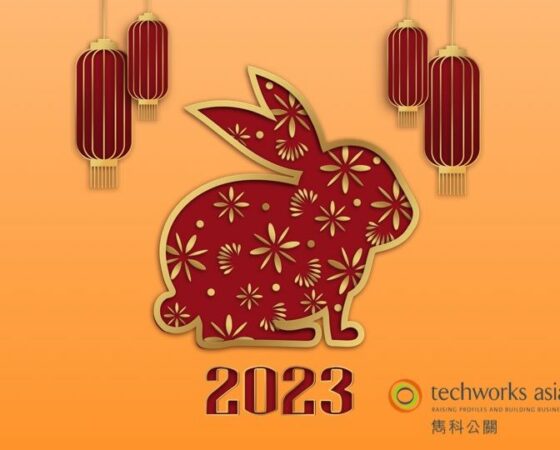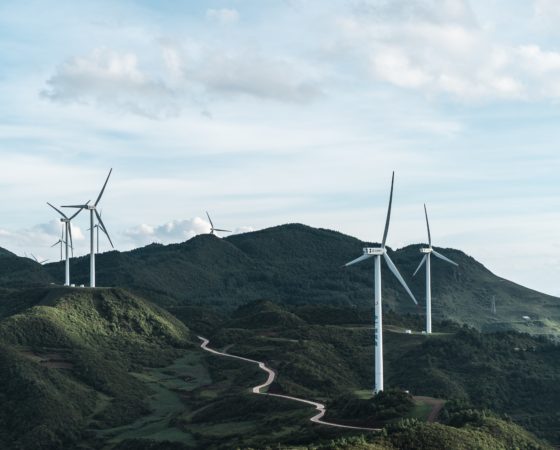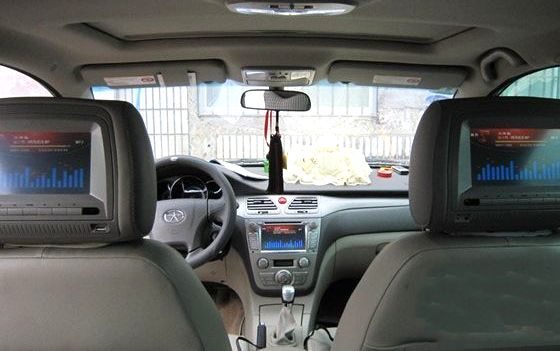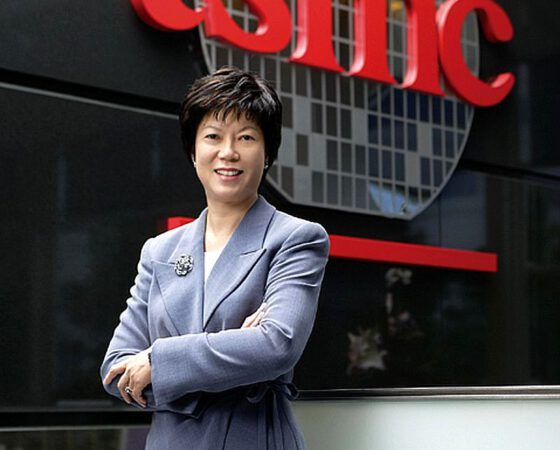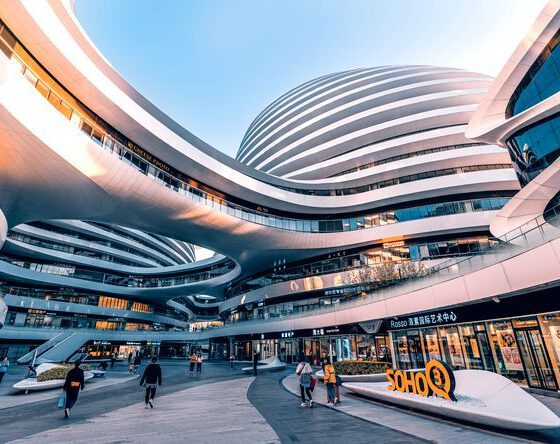Now plunged into absolute crisis by the outbreak of coronavirus Covid-19, Wuhan, capital of Hubei Province, is an astonishing dynamo at the heart of China’s push for high-tech development, building directly on the city’s growth into an established industrial base. Home to 11 million, this huge manufacturing centre is frequently dubbed ‘the Chicago of the East’, and ‘four times the size of London’.
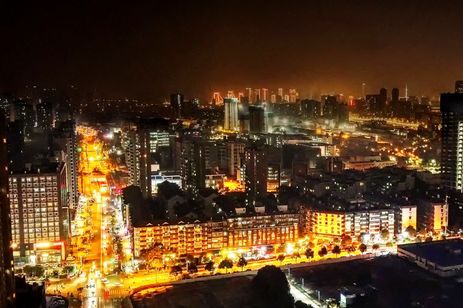
Located at the confluence of the Yangtze and Han rivers, Wuhan logically evolved into a port city, and it was duly earmarked for economic development at the end of the nineteenth century. A steelworks came into being, and steel remains an economic driver, thanks to good transportation links. Locally available steel then enabled the growth of Wuhan’s sizeable auto industry, attracting such foreign players as General Motors, Honda Motor and France’s Groupe PSA to joint-venture production, alongside local auto maker Dongfeng Motor Group Co., Ltd.
Semiconductors and electronics are now part of the mix. Yangtze Memory Technologies, an affiliate of China’s Tsinghua Unigroup, a major semiconductor maker, produces 3D NAND flash memory in Wuhan. BOE Technology Group, China’s leading flat-panel display maker has a state-of-the-art fab in Wuhan, the 10.5-Gen fab B17, slated to begin LCD TV production in January, with capacity increases due every three months throughout 2020. US glass maker Corning has a facility conveniently on-hand in Wuhan from which to supply BOE.
According to Ross Young, CEO of Display Supply Chain Consultants (DSCC), “In 2020, Wuhan is expected to account for 6% of worldwide mobile OLED capacity, 3% of mobile LCD capacity and 2% of LCD TV capacity. In 2021, these figures should rise to 9% of mobile OLED capacity and 4% of LCD TV capacity.”*
A telling sign of the high-tech direction in which Wuhan is headed, is that smartphone maker Xiaomi has set up an artificial-intelligence (AI) development centre in Wuhan. However, looking at the big picture, this high-tech development is strategically targeted.
In the zone: When success appears inevitable
A case in point is Wuhan’s East Lake High-tech Development Zone, where enterprises and R&D centres are clustered in a dense proliferation of science parks and research and educational resources on a spectacular scale. The eastern section of the zone, for example, is home to Wuhan Future City, which, surrounded by mountains and lakes, covers a total area of 66 square kilometres and focuses on a series of strategic high-tech service industries, including optoelectronics, energy and environmental protection, and high-end equipment manufacturing.
The city boasts world-class R&D institutions, attracting talent from state-owned enterprises, global Top-500 companies, research institutes and colleges and universities.
Over on the western side of the zone and covering a total area of 82 square kilometres, we find the Optoelectronic Information Industrial Park, which comprises 22 sub-parks, including the software park, financial centre, international-enterprise centre, overseas student entrepreneurship centre, creative industry base, and SBI Venture Street. More than 11,000 enterprises have settled in the park, contributing over 80% of the high-tech zone’s total revenue and output.
Back on the eastern side of the zone, The Optics Valley Laser Industrial Base is the world’s first professional laser industrial park, combining production, university resources, and research and product development. It is a cluster of international laser companies, a technological innovation centre and a driving force of application integration.
Then there’s Biolake, the Wuhan National Bio-industry Base, China’s second largest state-level biotech base. Its six major parks are dedicated to biological innovation, biomedicine, biofarming, medical-device development, medical health and bioenergy. Meanwhile, planning for an additional Sino-Singapore biotech park and a bio-manufacturing park is underway. These additions will make Biolake an integrated R&D, incubation, production, logistics, administration and residential complex.
These are simply a few snapshots of Wuhan’s East Lake High-tech Development Zone, which really deserves a book rather than a blog article to do it justice.
Wuhan. This giant may have stumbled, but let’s hope not for long!
* https://www.eenewseurope.com/news/coronavirus-wuhan-and-display-industry
Image: Wuhan at night; photo by Benjamin Chris on Unsplash (shot from Mavic Mini UAV made by DJI of Shenzhen).


